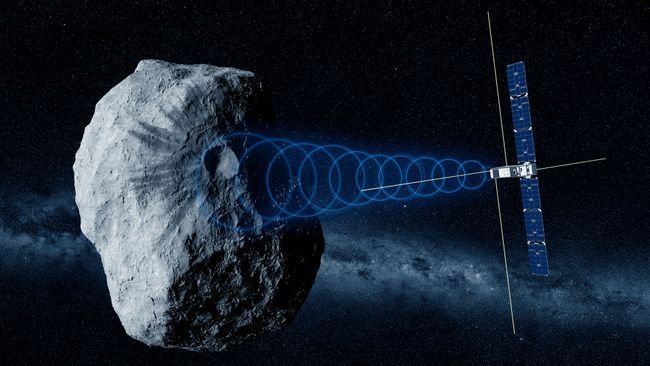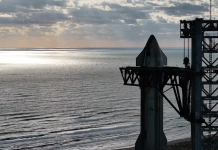This study will be part of the Hera mission, which is aimed at studying the consequences of the collision of the NASA DART (Double Asteroid Redirection Test) spacecraft with an asteroid that occurred in September last year.
The goal of DART was to collide with the asteroid Dimorph in such a way as to change its orbit around the larger asteroid Didymus. Although Dimorph and Didymus did not pose a threat to Earth, they were suitable targets to test whether an asteroid impact could change its trajectory. The mission ended successfully and became part of NASA’s plan to create a mechanism to protect the Earth from potentially dangerous asteroids.
ESA will send the Hera probe and two accompanying cubesats to post-impact Dimorph research for further research. The launch of Hera is expected in October 2024, the Juventas mission will last about two months.

The European Space Agency plans to study the internal structure of the asteroid using radar
The mission will study all aspects of DART’s impact on the asteroid, including gravimetric measurements, mineral composition studies, and internal radar analysis. The Juventas satellite will take care of this radar analysis.
The Juventas Radar System (JuRa) will be the smallest radar system sent into space. JuRa is slightly larger than a Rubik’s Cube, but has the power of a full-fledged radar system. Once the cubesat is in orbit around the asteroid, the radar will be able to scan the asteroid to a depth of almost 100 meters with its 160-meter diameter.
Studying Dimorph after the DART impact is the next important step in the planetary defense program, scientists expect to collect a lot of useful data with the help of Juventas.




